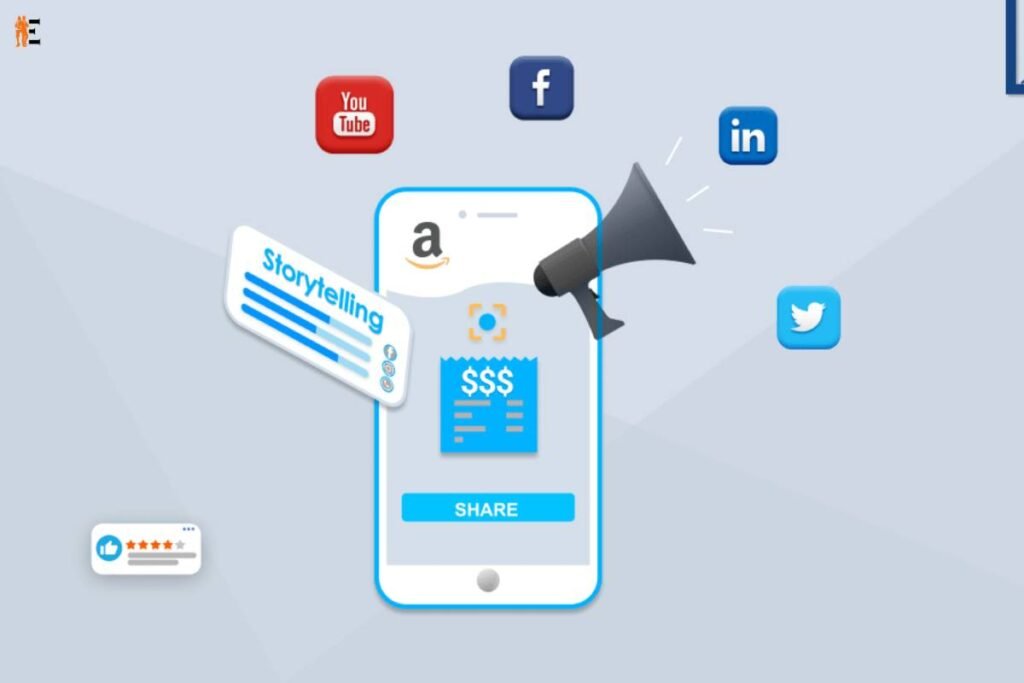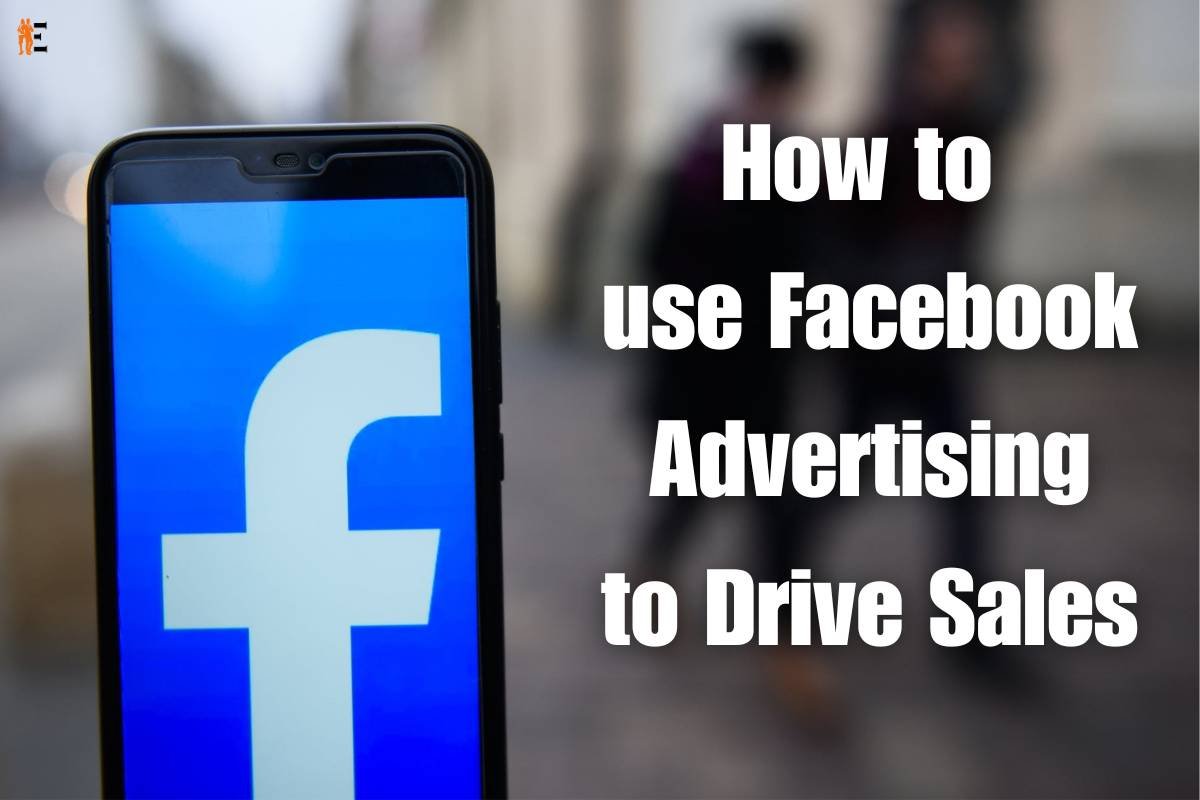Social media has given rise to visuals. Reels and short videos have become the face of content these days. Engaging and humorous content works wonders, especially today. The target audiences are needed to be tapped and the brand should be brought to their notice. In today’s modern marketing world, the visual storytelling is appealing to the audiences. Prospects and existing customer base love to see the brand on social media and the way it is performing. The main idea is to communicate the narrative in a visual storytelling format wherein the consumers get the gist of the presented product or service. Brands try to strike an emotional connection with the prospects via posting on social media and other similar platforms.
Motion graphics, social media posts or infographics are used as visually appealing scenes in order to attract people. Humans remember what they see and what is understood by seeing.
Here we mention the importance of Visual Storytelling in Modern Marketing:
1. Appealing to Human Emotions:
Visual storytelling taps into the heart of human emotions, transcending the barrier of language and culture. The use of captivating images, videos, and graphics has the power to evoke feelings, whether it’s nostalgia, joy, empathy, or aspiration. Emotionally resonant content has a higher chance of leaving a lasting impact, forging a stronger connection between the brand and its audience. Humans are highly emotional beings and when resonated with a form of content piece, they will consume it more than once, at least.
2. Igniting Imagination and Curiosity:
A picture, they say, is worth a thousand words. Visual storytelling leverages this truth by allowing the audience to actively participate in the narrative. The power of suggestion through visuals triggers the audience’s imagination, compelling them to fill in the gaps and create a personalized interpretation of the story. Curiosity leads to wanting to know about the brand and the organization. This engagement leads to a deeper sense of involvement and investment in the brand’s message.
3. Creating Memorable Experiences:

The human brain is wired to remember stories more effectively than facts and figures. The pattern of stories has a logic which makes it easy to remember. When information is presented in a narrative form, it becomes easier to process, comprehend, and recall. Visual elements combined with storytelling enhance this effect, creating a memorable experience that ensures the brand’s message lingers in the minds of consumers long after they’ve encountered it.
4. Crafting Authentic Connections:
In an era of skepticism and information overload, authenticity shines as a rare gem. Visual storytelling allows brands to peel back the layers and showcase the genuine essence of their values, culture, and mission. Genuinity hasn’t lost its charm as yet. When the values and mission is shared or common, consumers remember the brand easily. When audiences connect with the brand’s authenticity, they are more likely to become loyal advocates, spreading the brand’s message through word-of-mouth and social sharing.
Components of a Powerful Visual Story:
Creating a compelling visual story involves certain key elements:
- Character: Introduce relatable characters that the audience can empathize with. These characters anchor the narrative and humanize the brand.
- Conflict: Every engaging story has a conflict or challenge that the characters must overcome. This element creates tension and keeps the audience invested. It acts as a mystery for them, which they are curious to solve. Catch that nerve and you’re sorted.
- Resolution: The resolution showcases how the characters overcome the conflict, providing closure and delivering the intended message.
Why Brands Prefer Visual Storytelling:

Brands are increasingly turning to visual storytelling for several reasons:
- Engagement: Visual content, when combined with a compelling story, captures and holds the audience’s attention, leading to higher engagement rates.
- Shareability: Visual stories are more likely to be shared on social media platforms, expanding the brand’s reach and visibility.
- Differentiation: In a crowded market, visual storytelling sets brands apart by creating a unique and memorable identity. Being different but relatable to the audience is what brands strive for. It requires heavy research.
- Impactful Communication: Complex concepts and ideas can be conveyed more effectively through visuals, simplifying communication and ensuring the message is understood. To provide a visual experience, many brands have started using Augmented Reality (AR) to give an enriched experience to its customers. It improves the message conveying capacity of the brand to its audience.
Effective Platforms for Visual Storytelling:
Visual storytelling thrives on various platforms:

- Social Media: Platforms like Instagram, Pinterest, and TikTok are tailor-made for visual storytelling, enabling brands to reach wide audiences through captivating visuals.
- Video Content: Video platforms like YouTube and Vimeo provide a dynamic canvas for brands to tell intricate stories through motion, sound, and imagery.
- Websites and Blogs: Incorporating visual elements into blogs and websites enhances the reading experience and makes the content more engaging.
Conclusion:
The significance of visual storytelling in modern marketing cannot be overstated. Its ability to appeal to emotions, ignite imagination, and create authentic connections makes it a formidable tool for brands seeking to resonate with their audience. The components of a powerful visual story, along with the preference of brands for this technique, underline its effectiveness. As technology evolves and consumer preferences shift, visual storytelling remains a timeless and powerful means of conveying a brand’s message in a way that captures not only attention but hearts as well. This emotional connect is what audiences are attracted to, and then prefer the same brand over others.











